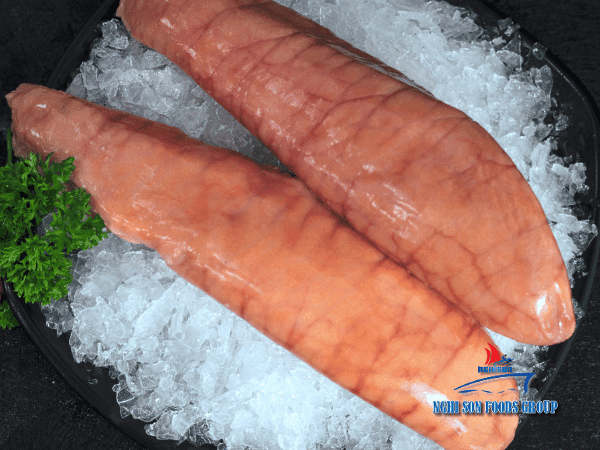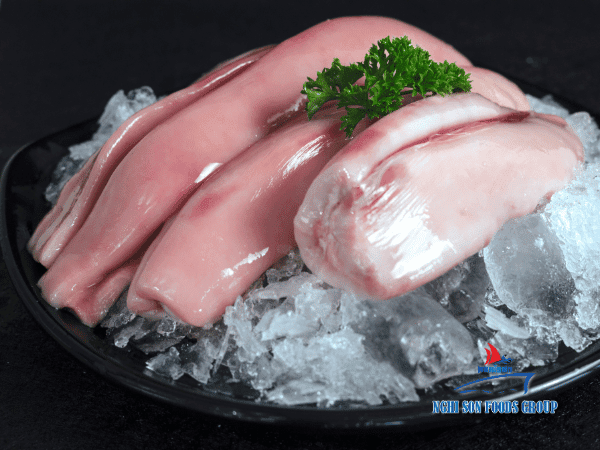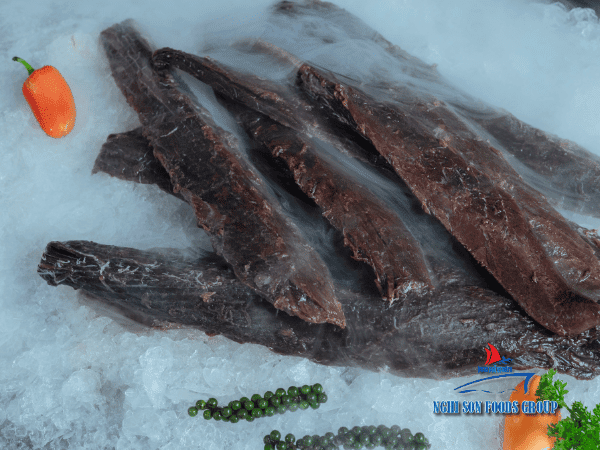Yellowfin tuna roe, often referred to as “tuna caviar,” is a prized delicacy that holds a special place in culinary and cultural traditions around the world. The term “roe” refers to the eggs of the tuna fish, and yellowfin tuna roe is known for its distinctive flavor and texture, making it a sought-after ingredient in gourmet cuisine.
Harvesting Yellowfin Tuna Roe
Yellowfin tuna, scientifically known as Thunnus albacares, is a prominent species in the tuna family and a major source of roe. To obtain these precious eggs, tuna are caught and their roe is harvested. Tuna roe extraction methods vary, with some involving the careful manual removal of roe from the fish, while others utilize modern mechanical processes. Sustainable harvesting practices are crucial to ensure the conservation of tuna populations and the continued availability of high-quality roe.
Culinary Uses
Sushi and Sashimi
In Japanese cuisine, yellowfin tuna roe plays a starring role in sushi and sashimi. It is often used to top nigiri sushi or garnish sashimi platters, adding a burst of umami and briny flavor to these traditional dishes.
Roe as a Delicacy in Japanese Cuisine
In Japan, tuna roe, or “ikura,” is highly prized and considered a luxury ingredient. It is typically marinated in a soy sauce-based solution, enhancing its flavor and preserving its texture. The result is a delightful combination of saltiness and a pop-in-your-mouth sensation.
Other Global Culinary Applications
Beyond Japan, yellowfin tuna roe is utilized in various international cuisines. It can be found in Italian cuisine, where it is incorporated into pasta dishes, such as spaghetti with caviar. Chefs worldwide experiment with tuna roe to create unique flavor profiles and textures in their dishes.
Nutritional Value and Health Benefits
Nutrient Profile of Yellowfin Tuna Roe
Yellowfin tuna roe is packed with essential nutrients, including omega-3 fatty acids, protein, and vitamins. It is a rich source of high-quality protein, making it a nutritious addition to your diet.
Potential Health Benefits
The omega-3 fatty acids in yellowfin tuna roe have been associated with various health benefits, including heart health, brain function, and reducing inflammation. However, it’s important to consume it in moderation due to its high salt content.
Culinary Pairings and Recipes
Traditional Dishes Featuring Yellowfin Tuna Roe
Traditional dishes include ikura sushi, ikura don, and ikura gunkan-maki. These dishes showcase the distinct pop and briny flavor of the roe, often paired with sushi rice or seaweed.
Creative Culinary Pairings
Tuna roe’s umami and saltiness make it a versatile ingredient in the kitchen. Chefs and home cooks experiment by using it as a garnish for seafood pasta, atop scrambled eggs, or even as an ingredient in sushi-inspired burritos.
Sample Recipes
Here’s a simple recipe to get you started: “Ikura Gunkan-Maki” – a type of sushi that involves wrapping small mounds of ikura with a strip of nori seaweed and rice, creating a delectable bite-sized treat.
Ingredients:
- Nori seaweed sheets
- Sushi rice
- Soy sauce
- Wasabi (optional)
- Yellowfin tuna roe (ikura)
Steps:
- Prepare bite-sized portions of sushi rice and wrap them with nori strips, securing the ends with a small piece of tape.
- Fill the center of each rice portion with a generous amount of yellowfin tuna roe.
- Serve with soy sauce and wasabi for dipping.
Conclusion
Yellowfin tuna roe holds a special place in the world of gourmet cuisine, with its unique flavor, texture, and cultural significance. However, it is essential to consider the environmental impact of its production and to support sustainable practices to ensure its availability for future generations. The culinary possibilities with yellowfin tuna roe are diverse, offering both traditional and creative options for those who appreciate its distinctive qualities. As the culinary world continues to evolve, it’s crucial to strike a balance between enjoyment and responsible consumption of this delicacy.












Reviews
There are no reviews yet.